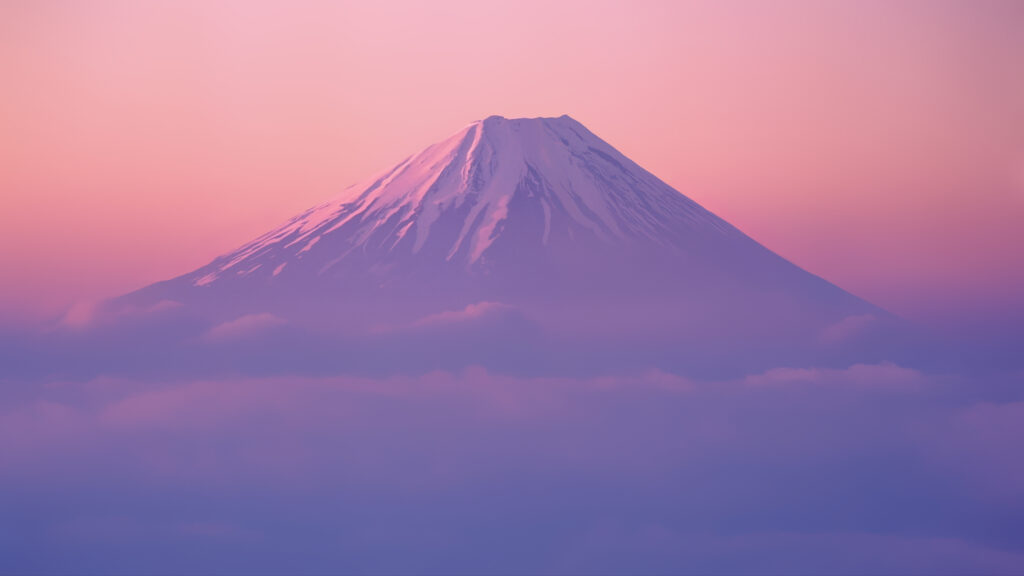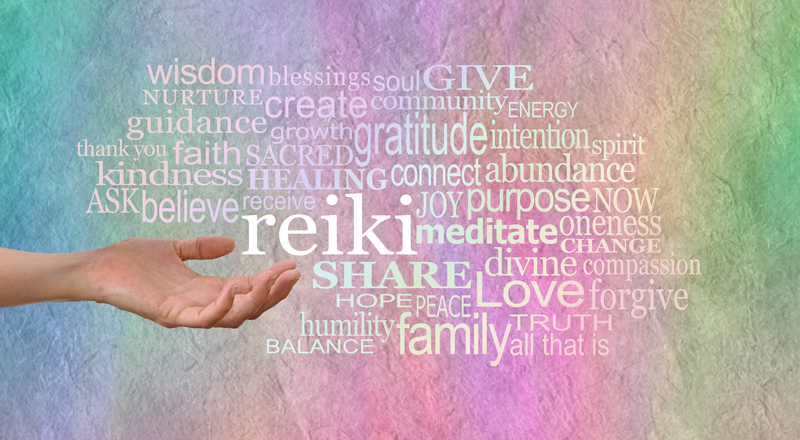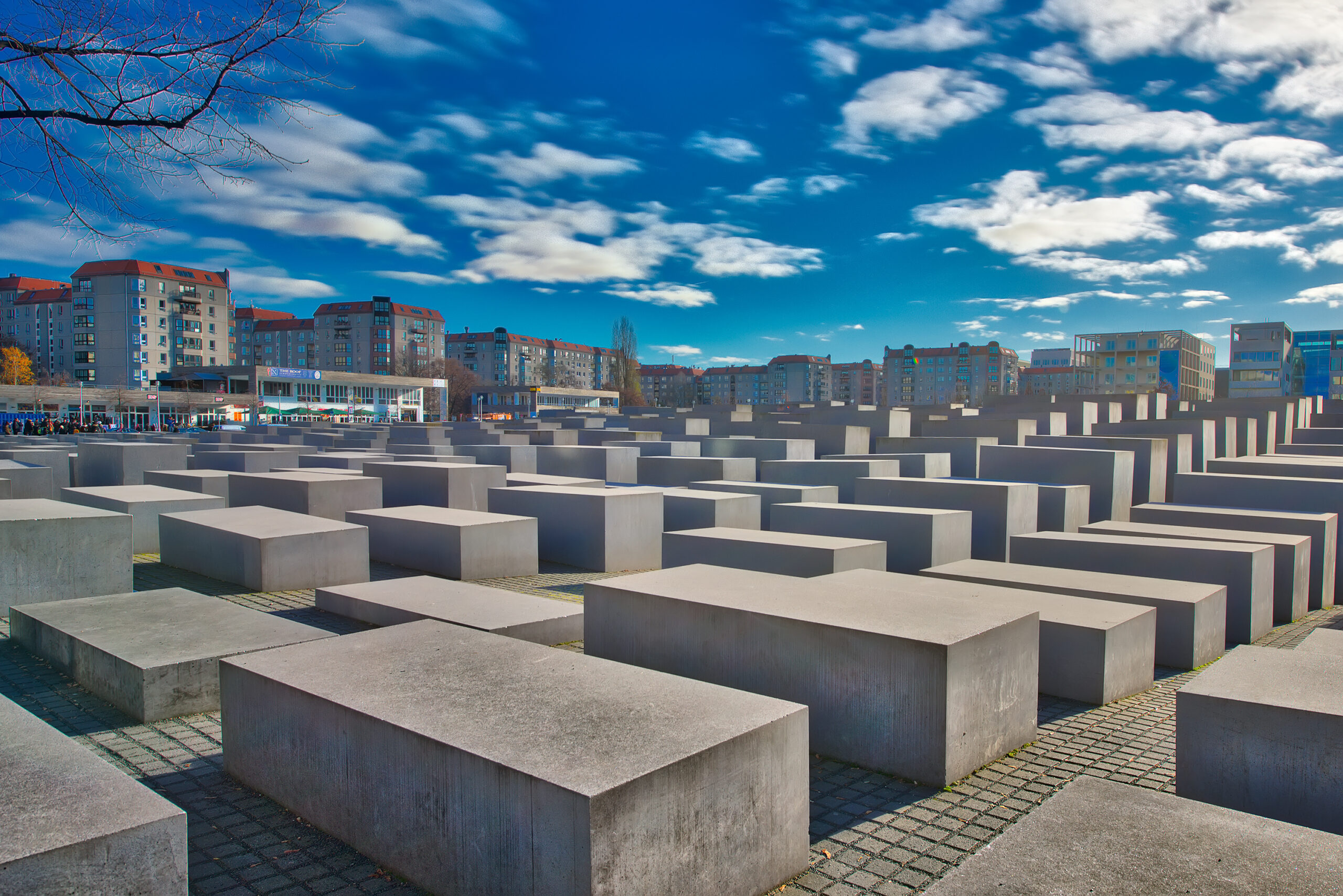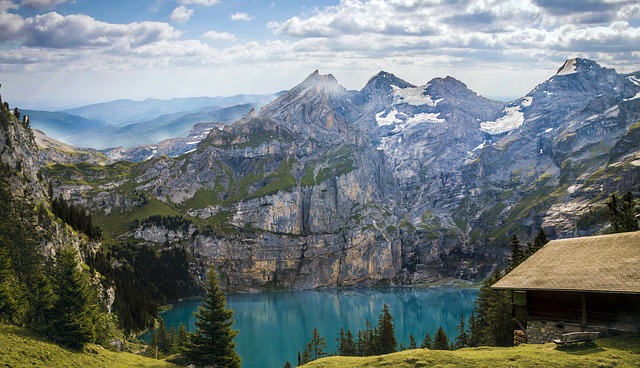The spiritual landscape of our world is dotted with places considered sacred, serving as beacons of faith, healing, and enlightenment. In the mystical tradition of Kabbalah, as well as in practices of energy healing, holy places occupy a central role. These locations are not just physical destinations but are believed to be portals to higher consciousness, reservoirs of divine energy, and catalysts for profound transformation.
Kabbalah: Mapping the Divine Through Sacred Geography
Kabbalah, a form of Jewish mysticism, offers a path to understanding the ineffable aspects of God, the universe, and the soul. Central to Kabbalistic teachings is the concept of divine emanations, known as the Sefirot, which represent aspects of God’s presence in the world. Holy places, according to Kabbalistic thought, are often aligned with these emanations, serving as physical manifestations of spiritual principles.
The city of Tzfat (Safed) in Israel, for example, is renowned as a center for Kabbalistic study and practice. Its ancient synagogues, cobblestone alleys, and mystical atmosphere are believed to facilitate spiritual insights and connections. Tzfat’s significance is not just historical but vibrational, embodying qualities of divine wisdom (Chochmah) and understanding (Binah) that are central to Kabbalistic cosmology.
Similarly, the Western Wall in Jerusalem holds profound significance in Kabbalistic tradition. It is considered a remnant of the Holy Temple and a place where Shechinah (the divine presence) dwells. Kabbalists and seekers alike come to the Wall to pray, meditate, and tap into its sacred energy, seeking alignment with the divine.

Energy Healing: Sacred Sites as Wellsprings of Healing Power
In the realm of energy healing, which encompasses practices like Reiki, Qi Gong, and Pranic Healing, holy places are viewed as powerful sources of healing energy. These sites are thought to exist at the confluence of ley lines or earth’s energy meridians, amplifying their potential for spiritual and physical healing.
Energy healers often undertake pilgrimages to these sacred sites to meditate, perform rituals, and absorb the healing vibrations. The belief is that these locations can help in clearing blockages, balancing the chakras, and facilitating deep emotional and physical healing.
Stonehenge in England and Sedona in Arizona, USA, are examples of such places recognized for their energy vortices. Visitors to these sites report experiences of profound peace, heightened intuition, and miraculous healings, underscoring the interconnection between place, belief, and wellness.
The Cave of Machpelah
In the context of discussing holy places in Kabbalah and energy healing, it’s essential to include the Cave of Machpelah , also known as the Cave of the Patriarchs, located in Hebron. This ancient site holds immense significance in Jewish, Christian, and Islamic traditions, and it’s particularly revered in Kabbalistic teachings for its deep spiritual and mystical implications.
The Cave of Machpelah is believed to be the burial place of the patriarchs and matriarchs of the Jewish faith: Abraham and Sarah, Isaac and Rebecca, and Jacob and Leah. According to Kabbalistic interpretation, the cave serves not only as a physical resting place for these foundational figures but also as a gateway to higher spiritual realms. The presence of these patriarchs and matriarchs imbues the site with intense sanctity and potent energy, making it a focal point for meditation, prayer, and spiritual connection.
Kabbalists consider the Cave of Machpelah a place where heaven and earth intersect, where the divine energies of the Sefirot manifest with particular clarity. The site is thus seen as a powerful conduit for divine blessings, healing, and insight. Pilgrims and practitioners come to the cave to connect with the legacy of the patriarchs and matriarchs, to draw from their spiritual strength, and to seek deeper understanding of the mysteries of creation as elucidated in Kabbalistic thought.
In the realm of energy healing, the Mearat HaMachpelah is recognized as a place of profound vibrational power. The sacred energies present are believed to facilitate healing, balance, and spiritual awakening. Visiting the cave or focusing on it during meditation can help individuals align with their highest selves, clear energetic blockages, and receive guidance on their spiritual journey.
The Mearat HaMachpelah embodies the interweaving of physical location with metaphysical significance, exemplifying how holy places serve as bridges between the material and spiritual worlds. Its rich historical, religious, and mystical context highlights the integral role of sacred sites in fostering spiritual growth, healing, and connection within the traditions of Kabbalah and energy healing.

Integrating Holy Places into Spiritual Practice
For those drawn to Kabbalah and energy healing, visiting holy places can be a transformative experience. These sites offer a unique blend of history, spirituality, and natural beauty, providing a rich backdrop for meditation, prayer, and introspection. The journey to a sacred site can be an outward pilgrimage that mirrors an inward quest for wisdom, healing, and connection.
However, access to these physical locations may not be possible for everyone. In such cases, practitioners of Kabbalah and energy healing advocate for creating personal sacred spaces or utilizing visualization and meditation to connect with the energy of distant holy places. Through intention and practice, it is believed one can tap into the universal energy present at these sites, transcending physical limitations.
Conclusion
Holy places hold a special significance in Kabbalah and energy healing, serving as touchstones for spiritual growth, healing, and enlightenment. Whether through physical pilgrimage or spiritual practice, these sites remind us of the interconnectedness of all things and the presence of the divine in the material world. They offer a testament to the power of faith, the importance of sacred geography, and the enduring quest for understanding and connection that defines the human spirit.







